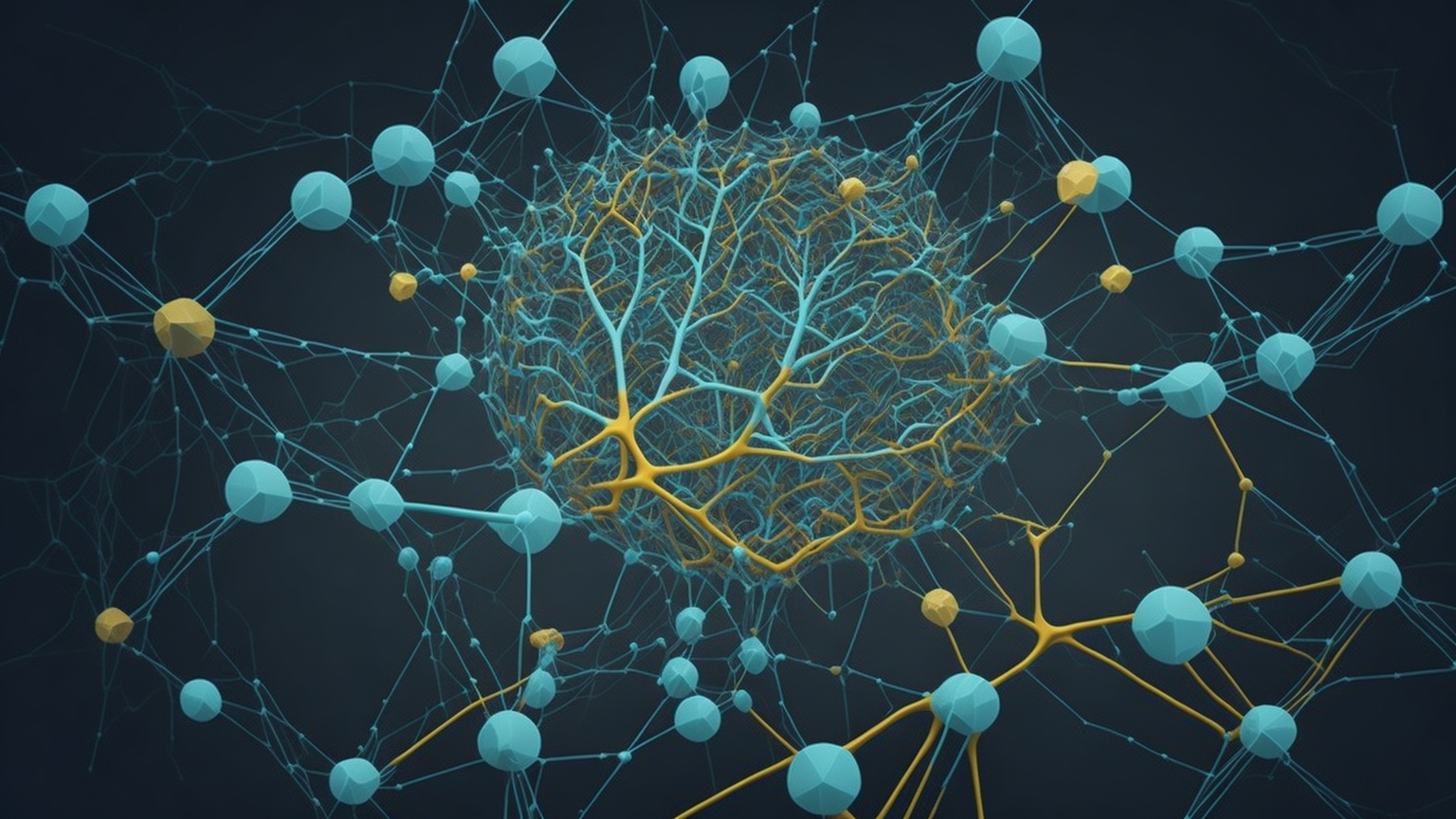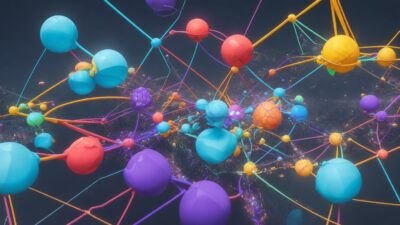The Art of Personalization: How Recommendation Systems Determine Our Preferences

Recommendation systems are at the heart of the digital world, powering personalized experiences across various platforms. They use advanced machine learning to determine our likes and dislikes, presenting us with content tailored specifically to our preferences.
What Are Recommendation Systems?
Recommendation systems are machine learning models designed to curate and offer suggestions that match a user’s interests. They drive the book recommendations on your favorite e-book platform, movie suggestions on your streaming service, or product recommendations on your preferred e-commerce site.
How Do Recommendation Systems Work?
The functioning of recommendation systems revolves around two key methodologies: collaborative filtering and content-based recommendation.
- Collaborative filtering operates on the premise that if two users have similar preferences in the past, they’re likely to have similar preferences in the future. For instance, if both users enjoyed a particular movie, they’ll probably enjoy other movies that one or the other has liked.
- Content-based recommendation, in contrast, is more about the attributes of items. It focuses on the features of items that a user has shown a preference for, recommending items that share these features.
Most modern recommendation systems combine these two methods to offer a more comprehensive recommendation experience.
Challenges with Recommendation Systems
However, as powerful as recommendation systems are, they’re not without challenges. A common issue is the “cold start” problem, where the system struggles to make accurate recommendations due to insufficient data on a new user or item. There’s also the “filter bubble” issue, where the system overfits to a user’s past behavior, limiting the diversity of recommendations.
The Future of Recommendation Systems
The impact of recommendation systems on our digital lives is profound. As they continue to evolve, incorporating more sophisticated machine learning algorithms and data processing techniques, they will become even more proficient at predicting our likes and dislikes, enriching our digital experiences like never before.




